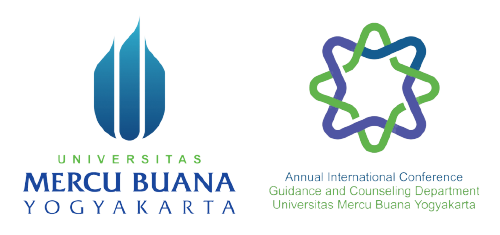Paper Guideline
Articles submitted should normally be between 5000 and 8000 words in length, including the references. Manuscripts should be prepared in Word file, 1.5 spacing,1 column, and all text should appear in 12-point Times New Roman. A manuscript should consist of the following content:
Title (Times New Romans Size 12; Bold; 1 Space; No more than 13 Words)
The title should contain a clear, concise and informative with all world capitalized title of the article followed by the names, affiliations, and corresponding emails of the authors.
Author(s) name(s) and affiliation(s) (Times New Romas Size 11; Bold; 1 Space)
A list of all authors, as well as affiliation of each authors, and e-mail address should be provided for first author. Each address should be preceded by a letter superscript corresponding to the same superscript after the name of the author concerned. E-mail should also be provided to speed up communication between readers and authors. This information will be published unless authors request otherwise.
Abstract
Abstract made in English. Abstract consisting of one paragraph, the number of words between 150-250 words. Papers be written by using MS-Word Font TNR 11, single space doesn’t exceed 15 sheets A4-format with one columns. Abstracts should contain an aim of the study, demographics (information about sample of participants, including agen, ethnicity, gender, etc), methods describe the specific method strategy employed for the study (case study, in-depth interviews, etc.), analysis (describe specific analysis you used, logistic regression, inductive analysis, etc.), findings(describe key findings),implication (including conclution sentence regarding the implication of study). Unless the articles in the form of studies or reviews can be adjusted. Abstract does not contain a description of mathematical and statistical language, it does not contain a quote, do not use abbreviations. Keyword: including key point of study (3–5 words).
Main body of the paper
- The body of paper must range between 15-20 pages, written in MS word; Times New roman Size 12; 1,5 Space. It could be divided into sections.
- The body of the article should consist of several sections; introduction 20%, methods 10%, finding and discussion60%, conclusion & references 10%.
- Whichever spelling you choose (British or American English) please be consistent throughout.
- Use hyphens consistently and avoid unnecessary ones.
- The words “section(s)”, “equation(s)”, “figure(s)” and “reference(s)” are abbreviated as “sect(s).”, “fig(s).”, “eq(s).” and “ref(s).” unless they are the first word of a sentence. The word “table” is always written in full.
- Latin expressions, such as, e.g., i.e., et al., versus (vs.) should be set in italic.
- All terms or titles in Arabic should be transliterated with following the Library of Congress guide. Name of person should not be transliterated.
Bibliography APA 6th(American Psychological Association)
Writing References should use reference applications such as Mendeley, End Note, Zotero, or others.
Example:
(Type: books in which the authors are the same with the publisher)
American Psychological Association. (2010). Publication manual of the American Psychological Association (6 ed.). Washington, DC: Author.
(Type: e-book)
Bransford, J. D., Brown, A. L., & Cocking, R. R. (2005). How people learn: Brain, mind, experience and school. from https://www.nap.edu/catalog/9853/how-people-learn-brain-mind-experience-and-school-expanded-edition.
(Type: edited book with more than two or more editors)
Tobias, S., & Duffy, T. M. (Eds.). (2009). Constructivist instruction: Success or failure? New York, NY: Routledge.
(Type: book section)
Sahlberg, P. (2012). The most wanted: Teachers and teacher education in Finland. In L. Darling-Hammond & A. Lieberman (Eds.), Teacher education around the world: changing policies and practices. London: Routledge.
(Type: books written by one author) Schunk, D. H. (2012a). Learning theories an educational perspective. Boston, MA: Pearson Education, Inc.

